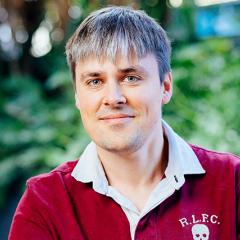New psychoactive substances (NPS) are a complex addition to the international drug problem. They are compounds that mimic conventional illicit drugs such as cannabis, MDMA (ecstasy), and LSD, but there is little information on toxicity and side effects. Therefore, the monitoring of these compounds is of public health concern. The current means to monitor the use of new psychoactive substances is through policing and forensic agencies, as well as epidemiological surveys. However, the constantly changing NPS market makes them a persistent analytical challenge.
Wastewater analysis is considered a complementary tool because it can provide a snapshot of illicit drug consumption in the community. The number of NPS has grown substantially over the last decade, with more than 1000 substances currently monitored by the United Nations Office on Drugs and Crime. The combination of low ingested doses and high (or unknown) metabolism, together with a potentially small user group means that understanding the relationship between detection and consumption is very difficult. Analytical methods must be sufficiently sensitive to detect trace quantities of drug-related material, yet still cover a sufficient mass range to screen for a wide suite of likely targets. The aim is not only to detect compounds when they are present in wastewater but also to recover different classes of compounds from the matrix when cleaning up samples. Thus, the analytical challenge covers separation science and different analytical tools, as well as deconvolution software, to both detect and interpret the presence of suspect compounds in complex mixtures.
Outcomes
This project will develop a high throughput method of new psychoactive substance detection that can be easily adopted by other organisations in the field of analytical chemistry. This will help to create awareness about the types of drugs consumed and identify the quality of any illegal or unknown new psychoactive substances. In distinguishing different NPS, the relevant bodies and organisations can be alerted about different novel substances in the market, ultimately ensuring public safety.
Research Outputs
Conference Abstracts
Nadarajan, D., Cresswell, S., Mueller, J. & Bade, R. New psychoactive substances in festival wastewater: method development, optimisation, and validation, Queensland Mass Spectrometry Symposium, Brisbane, Australia, 9 February 2024.
Nadarajan, D., Cresswell, S., Mueller, J. & Bade, R. Method development, optimisation, and validation by LC-MS/MS method for 76 new psychoactive substances in wastewater, Forensic and Clinical Toxicology Association (FACTA) Conference 2024, Hobart, Tasmania, 17-20 March 2024.
Nadarajan, D., Verhagen, R., O’Brien, J.W., Cresswell, S., Mueller, J. & Bade, R. Developing sensitive methods for the detection of designer drugs in influent wastewater, Testing the Waters 7, Portugal, 21-22 October 2024.
Prizes/Awards
- 2025 Forensic and Clinical Toxicology Association (FACTA) Travel Grant to attend The International Association of Forensic Toxicologists (TIAFT) Conference 2025, New Zealand.



